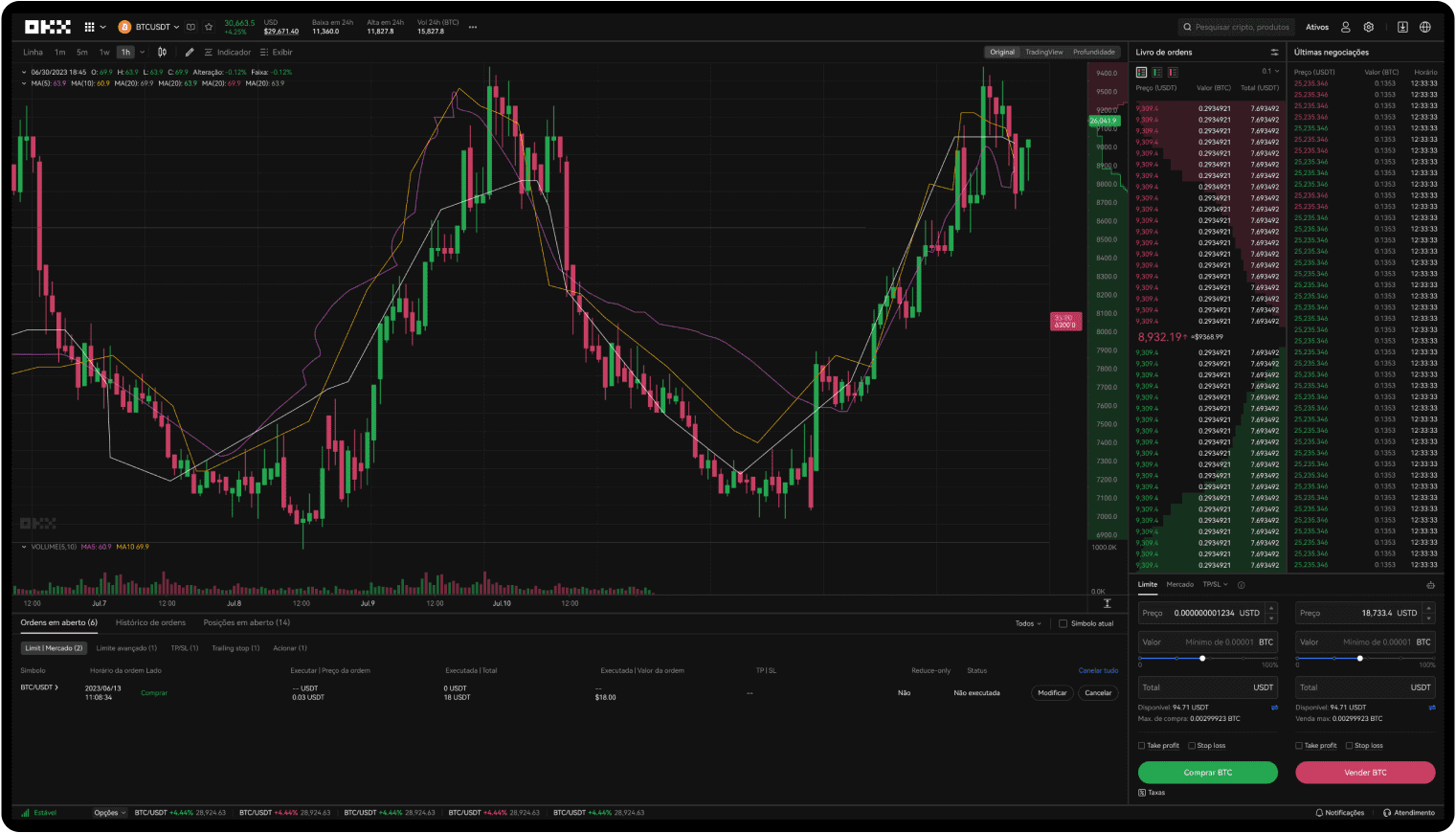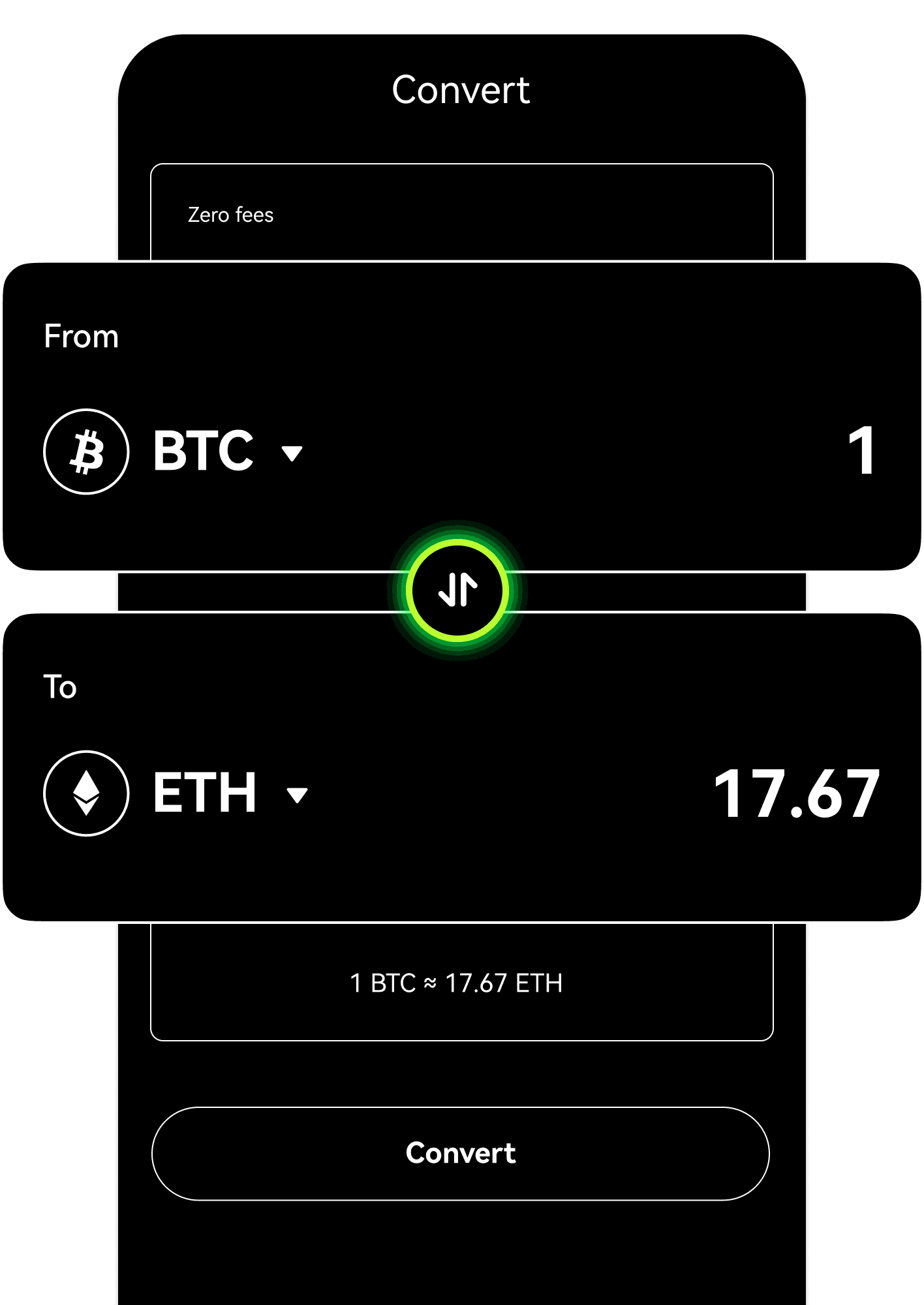Suporte 100% local
Agentes brasileiros disponíveis todos os dias, a qualquer horaTaxas mais baixas, melhor mecanismo de correspondência do mercado, APIs potentes e muito mais


Um aplicativo.
Infinitas possibilidades.
Você é iniciante em cripto? Não tem problema. Compre sua primeira cripto de forma simples e vá melhorando suas habilidades.
Com você a cada passo do caminho
Da primeira negociação de cripto à primeira compra de NFT, vamos orientar você por todo o processo. Tire todas as suas dúvidas e não perca suas noites de sono.
Na OKX, você pode confiar.
Técnico Pep Guardiola
Explica "formação maluca do futebol"
Reescreva o sistema
Boas-vindas à Web3
Snowboarder Scotty James
Traz a família inteira
Você tem perguntas? Nós temos as respostas.
Quais produtos a OKX oferece?
Como faço para comprar Bitcoin e outras criptomoedas na OKX?
Em que países a OKX está disponível?
O que é cripto?



